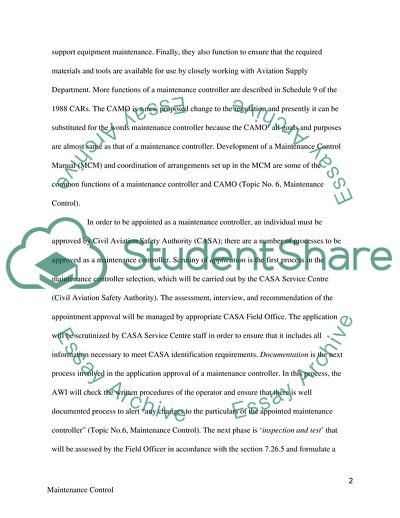Cite this document
(Aircraft Maintenance Control Term Paper Example | Topics and Well Written Essays - 1500 words, n.d.)
Aircraft Maintenance Control Term Paper Example | Topics and Well Written Essays - 1500 words. https://studentshare.org/technology/1757595-maintenance-control
Aircraft Maintenance Control Term Paper Example | Topics and Well Written Essays - 1500 words. https://studentshare.org/technology/1757595-maintenance-control
(Aircraft Maintenance Control Term Paper Example | Topics and Well Written Essays - 1500 Words)
Aircraft Maintenance Control Term Paper Example | Topics and Well Written Essays - 1500 Words. https://studentshare.org/technology/1757595-maintenance-control.
Aircraft Maintenance Control Term Paper Example | Topics and Well Written Essays - 1500 Words. https://studentshare.org/technology/1757595-maintenance-control.
“Aircraft Maintenance Control Term Paper Example | Topics and Well Written Essays - 1500 Words”. https://studentshare.org/technology/1757595-maintenance-control.


